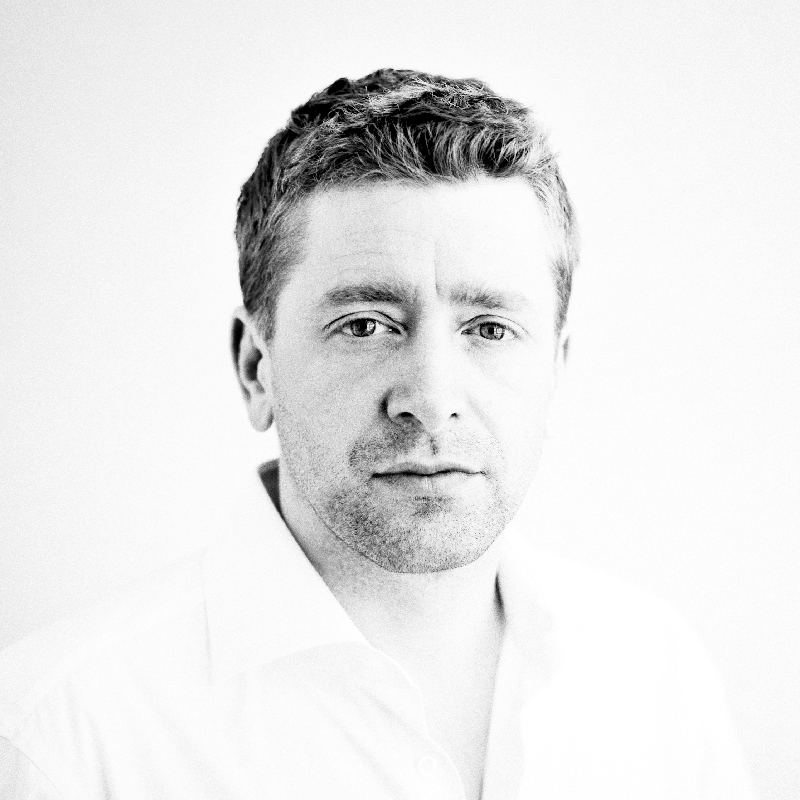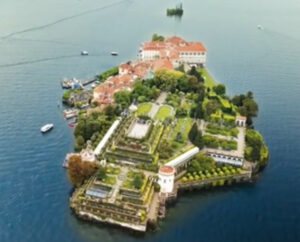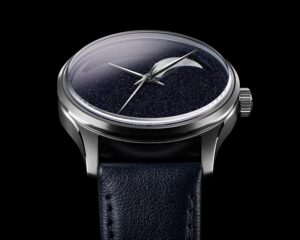As December approaches and the world prepares to celebrate the Festival of Lights, Constantin Wortmann’s designs take on a profound resonance with the themes of Hanukkah. Known for blending organic forms with geometric precision, and infusing his creations with humor and emotion, Wortmann’s design philosophy aligns beautifully with the symbolism of this Jewish holiday.
Hanukkah, celebrated with the lighting of the menorah, embodies light, hope, and the miracle of perseverance. Similarly, Wortmann’s work, particularly his lighting and sculptural designs, reflects the interplay of light and backgrounds, form and meaning, making his creations a poetic tribute to the essence of the holiday.
Designing for Light and Reflection
The act of lighting the menorah is central to Hanukkah. Wortmann’s focus on lighting design—often characterized by organic, flowing forms that seem to breathe life into their surroundings—feels inherently aligned with this tradition. His luminaires are not merely functional objects but sculptural works that illuminate both physical and emotional spaces.
Echoes of the Menorah
Wortmann’s designs, such as his Falling Water Light or the fluid forms of the Cobra Candleholder for Georg Jensen, evoke the grace and beauty of a menorah. These designs feature curved structures that draw the eye upward, much like the branches of a menorah reaching for the light. Their reflective surfaces enhance the glow of the candles or bulbs they cradle, symbolizing the sacred light that spreads throughout the room during Hanukkah.
The geometric interplay in his works also echoes the architectural precision of a menorah’s structure, where each branch is meticulously balanced. Yet, Wortmann’s adeptness for crafting organic twists soften this symmetry, reminding us of the miracles and unpredictable beauty of life.
A Celebration of Light and Shadow
Hanukkah is a celebration of triumph over darkness, both metaphorical and literal. Wortmann’s lighting designs reflect this duality, often using materials that interact with transparency and opacity to create dynamic interactions between light and background.
For example:
•Diffused Light: Many of Wortmann’s creations incorporate translucent elements that diffuse light, creating an ethereal glow reminiscent of the menorah’s radiance.
•Background Casted: By carefully considering the shapes and angles of his designs, Wortmann allows shadows to dance, transforming static objects into living works of art—a visual metaphor for the transformative power of light.
Sculptural Forms and Hanukkah’s Symbolism
Beyond lighting, Wortmann’s sculptural works carry themes deeply resonant with Hanukkah. The holiday honors resilience, faith, and community, and his designs—often characterized by organic shapes that seem to grow and intertwine—echo these ideals.
The Organic Geometry of Faith
In Jewish tradition, light symbolizes wisdom, truth, and divine presence. Wortmann’s seamless blending of geometric and organic forms mirrors a stance of spiritual and the earthly.
For instance:
•Vase with a Twist: The optical illusions and layered perspectives in this design invite viewers to look deeper, reflecting the spiritual introspection Hanukkah encourages.
Hanukkah is a joyful holiday, filled with songs, games like dreidel, and the warmth of community gatherings. Wortmann’s playful approach to design aligns with this celebratory spirit. His belief that “a product needs some poetry” resonates with the festive yet meaningful tone of Hanukkah.
Dreidel-Inspired Forms
Wortmann’s designs often feature rounded, spinning shapes or dynamic elements that bring a sense of movement and play. This recalls the dreidel, the iconic spinning top of Hanukkah, with its smooth curves and geometric facets. A conceptual menorah or dreidel-inspired lighting piece by Wortmann could easily find its place in a modern Hanukkah celebration.
Imagining a Hanukkah Collection by Constantin Wortmann
If Wortmann were to create a design collection specifically inspired by Hanukkah, it would likely be a masterful blend of tradition and innovation. Here’s a conceptual outline of what such a collection could look like:
A sculptural menorah combining polished metal with translucent glass or resin, featuring organic branches that curve gracefully upward. Each candleholder could be uniquely shaped to evoke individuality within unity.
A spinning light fixture inspired by the dreidel, using soft, diffused lighting to create a mesmerizing interplay of light and background on surrounding surfaces.
Candleholders, serving platters, and decorative objects that balances forms with elegant materials, adding a modern twist to traditional Hanukkah gatherings.
A pendant light featuring layered geometric patterns, symbolizing the eight nights of Hanukkah. The design could incorporate a central light source surrounded by eight glowing elements, each representing one night of the miracle.
Impression
Constantin Wortmann’s designs, with their emphasis on light, reflection, and dynamic forms, embody the essence of Hanukkah. They remind us that design, like faith and tradition, has the power to transform spaces, create connections, and bring warmth and beauty into our lives.
In celebrating Hanukkah, the act of kindling light is not only a remembrance of past miracles but also a commitment to bring light into the world. Wortmann’s work, with its poetic fusion of form and function, serves as a fitting tribute to this enduring message.
Whether through a conceptual menorah, candleholders, or luminaires, Wortmann’s designs invite us to reflect on the light within ourselves and the miracles that shape our lives—a poetic harmony between design and tradition.
No comments yet.








